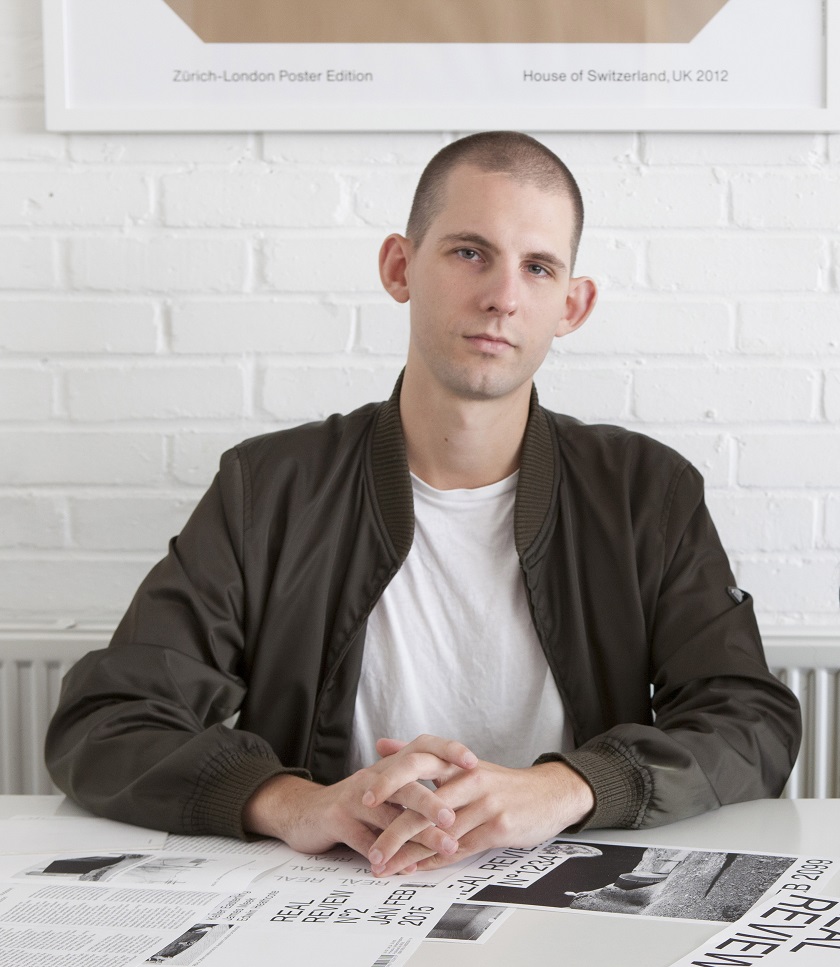Spatial Implications for the Built Environment or the Ways We Live
"We should rather focus on being responsible citizens first, to use our skills as architects to support our beliefs." An interview with Jack Self.
Jack Self (1987) is an architect and writer based in London. He is Director of the REAL foundation and Editor-in-Chief of the Real Review. In 2016, Jack curated the British Pavilion at the Venice Architecture Biennale. Joana Dhiamandi from Polis University talked to him about the role of architecture in the future.

Architecture is a spatial practice. That means it is any design process that has spatial implications for the built environment or the ways we live. Sometimes that means producing a building; but increasingly that may mean immaterial interventions.
How would you describe the position of Architecture in your country, both as a profession but also as an integral part of the everyday life? Which are the main challenges of an architect today?
The main challenges facing architects today in the UK are low rates of pay (especially in relation to number of years studied) and the outdated professional and corporate standards. The model of the “firm” hasn’t changed significantly in three decades, and there is a strong interest to design the structure of our architectural practices with as much imagination and diversity as we design architecture. We are seeing more and more alternatives to the star-architect – networks and affiliations, collaborations, collectives and other forms of collaborative structures.
_yYaDei1.jpg) How you perceive the theme of the Venice Biennale 2016, ‘’reporting from the front’’. Is it a sign of the political and social changes for architecture in Europe or globally?
How you perceive the theme of the Venice Biennale 2016, ‘’reporting from the front’’. Is it a sign of the political and social changes for architecture in Europe or globally?
The aspiration was to shift the discourse of architecture to become more socially minded. That was admirable. However, the military metaphor was not helpful – particularly as we are going through a period of such intense global economic and political instability. The theme tried to say the architect can be an ethical and humanitarian social figure. This leads to problematic ideas about what the architect can really do, and what they are responsible for... We should rather focus on being responsible citizens first, to use our skills as architects to support our beliefs.
Is there a common denominator that could describe the state of things in architecture in the broader European context? What is your perception as a foreigner for the Balkan Region?
In Western Europe the new economic order is producing a generation of architects unable to build or realize their designs. This is not, as a foreigner, the view we have of the Balkans from the UK. There is a sense that the region has both strong architectural culture and new building work. I know several firms with work in Albania, for example, and they are mostly young. The challenges facing the area, particularly to do with immigration, political instability and extremism, and economic precariousness are well understood. The Balkans is in some ways the microcosm for Europe as a whole, however.
.jpg) How can architecture and architecture networking influence the real life problems and challenges we are facing on a regional level?
How can architecture and architecture networking influence the real life problems and challenges we are facing on a regional level?
There can be no easy answers to this question, and I will report back “from the front” when I have a more precise idea.
Which are the challenges of Future Architecture?
We must remain positive, optimistic and hopeful in the face of an extremely difficult social, political and economic period in both European and world history.